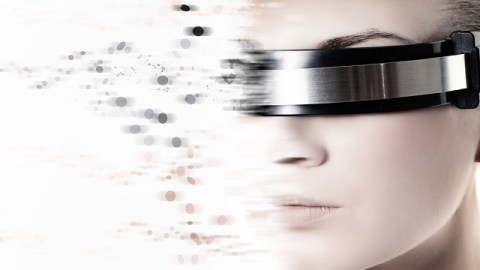Interface Innovations Won’t Be For The Weak Of Stomach

What’s the Latest Development?
Is iOS 7 making you dizzy or nauseous? Welcome to the future, says writer Christopher Mims, warning of a time when a certain segment of the population could “spend their sunset years, when this kind of technology is ubiquitous, in serious discomfort.” As interfaces and virtual environments become more sophisticated, expect more instances of what most people call motion sickness but is actually simulation sickness, in which “[w]e see motion that should indicate we’re moving when we’re not.” Regardless of the name, the reaction is often the same: disorientation that can lead to headaches, nausea and vomiting.
What’s the Big Idea?
Much of this technology already exists today: Besides iOS 7 — which has a Parallax option that causes icons and other objects to appear to float on the background screen — 3D is showing up in a variety of devices ranging from TVs to handheld gaming systems to smartphones. Wearable items could cause even more problems for sensitive stomachs; Mims says he had issues after only a few minutes with Google Glass. The makers of the Oculus Rift virtual reality headset say that the slight lag between the wearer’s movements and items displayed may result in disorientation. While they are working on possible solutions, they also admit that they may never find one.
Photo Credit: Shutterstock.com





